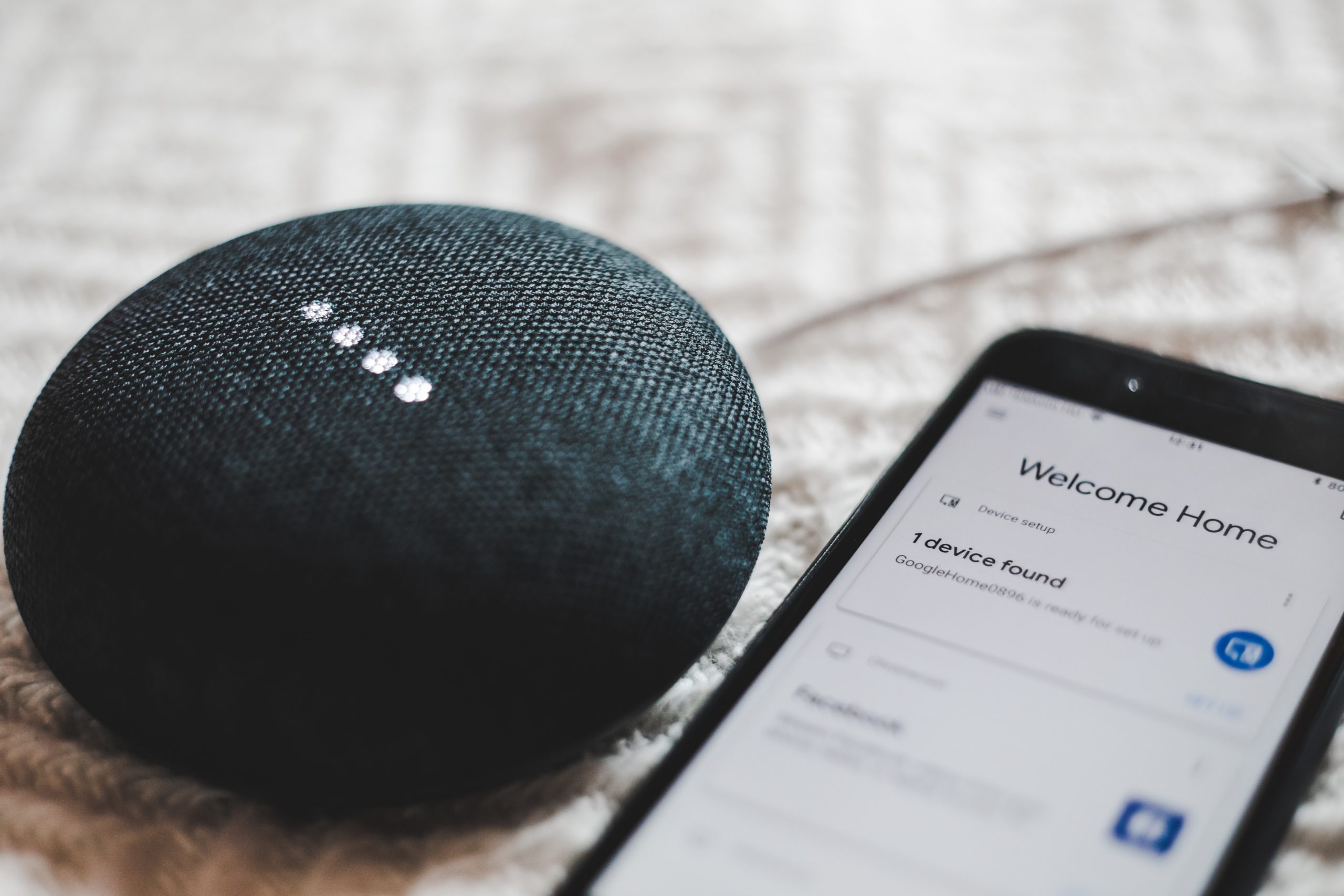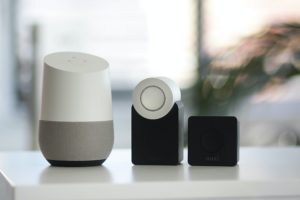
Smart homes are becoming increasingly popular, as homeowners seek out ways to make their lives more convenient and efficient. While the term “smart home” can mean different things to different people, there are some common features that are typically associated with a smart home. Here’s a look at the past and future of smart homes, as well as some of the most popular features you’ll find in a smart home today.
Smart homes have been around for centuries, although they’ve only gained widespread popularity in recent years. The first known smart home was created in 1876 by Philip Hubert (although the term “smart home” wasn’t coined until much later). Hubert’s invention, called the Automated Home, was designed to automatically turn lights on and off, adjust the temperature, and perform other tasks that would make life more convenient for homeowners.
While Hubert’s Automated Home was ahead of its time, it wasn’t until the 1950s that smart homes began to gain traction. In 1955, General Electronic released the first commercial home automation system, which allowed homeowners to control their lights and appliances via a central control panel. This system was followed by others, such as X10 from Motorola (1966), CEBus from Echelon (1984), and Insteon from SmartLabs (2005).
Today, there are a variety of different smart home systems available on the market. Some, like Amazon’s Alexa and Google’s Nest, focus on providing a voice-controlled assistant to perform tasks like turning on the lights or setting the thermostat. Others, like Samsung’s SmartThings and Apple’s HomeKit, provide a more comprehensive platform that allows homeowners to control multiple devices and appliances from a single app.

Photo by BENCE BOROS on Unsplash
No matter which type of system you choose, there are a few common features that you’ll find in most smart homes. These include:
-
Remote Access:
The ability to control your home’s devices and appliances from anywhere in the world via an app or website.
-
Automation:
The ability to automate certain tasks, such as opening your shutters/blinds when you wake up or setting the thermostat to an energy-saving mode when no one is home.
-
Energy Management:
The ability to monitor and control your home’s energy usage, often via a smart thermostat or other devices. For example, it is common for smart homes to have electronic sensor taps installed. They are able to conserve up 65% more water and power regular taps.
-
Safety & Security:
The ability to monitor and control your home’s security system, often via a camera or doorbell that is connected to the internet.
As you can see, there are a variety of different features that you’ll find in most smart homes.
Northbourne architect Sally predicts that “as technology continues to evolve, we can expect to see even more innovative and convenient features made available to homeowners”.
Here are the two most common technologies that will have great impact:

1. Augmented reality will change the way we interact with our homes
Augmented reality (AR) is a technology that superimposes computer-generated images on top of real-world objects. This means that we will soon be able to see digital information projected onto our walls, floors, and even furniture. This will enable us to interact with our homes in entirely new ways. For example, we could see recipes projected onto our kitchen counter as we cook, or we could see real-time energy usage data projected onto our walls.
2. AI will become our personal assistant
Artificial intelligence (AI) is already starting to play a role in our homes, but in the future, it will become even more integrated into our lives. AI-powered voice assistants such as Amazon Alexa and Google Home will become our personal assistants, helping us with everything from controlling our smart home devices to ordering groceries. In addition, AI will be used to monitor our homes for things like burglaries or leaks.
As technology continues to evolve, we can expect to see even more amazing innovations that make our homes more comfortable, convenient, and sustainable.
